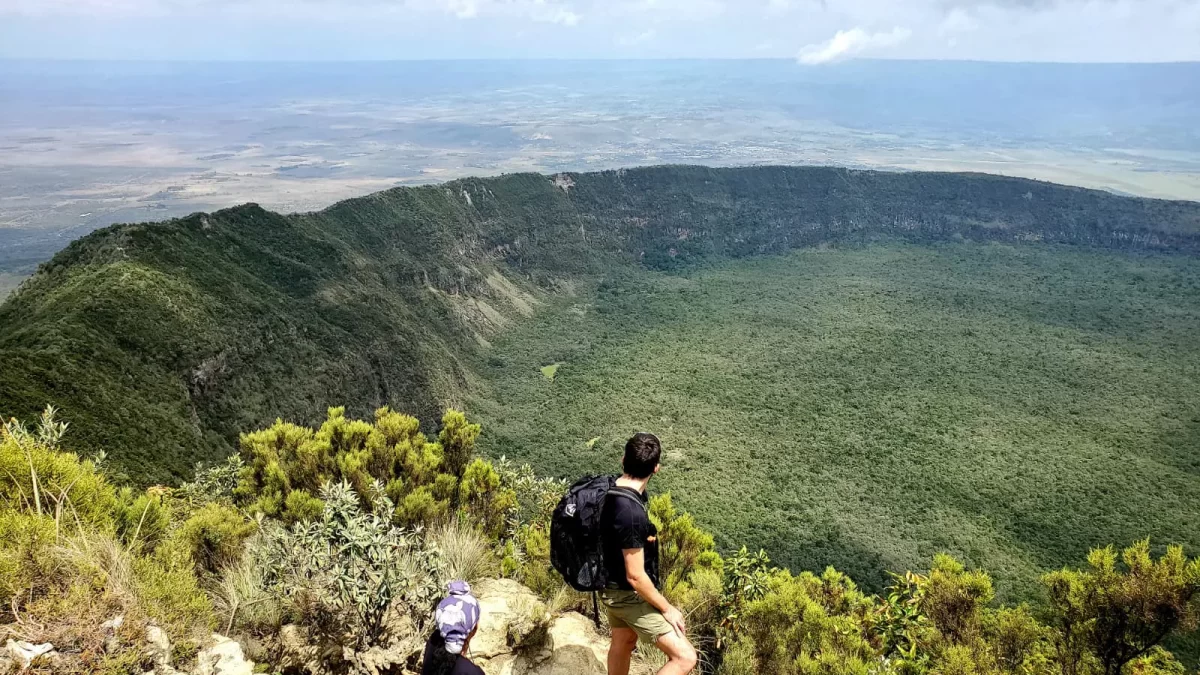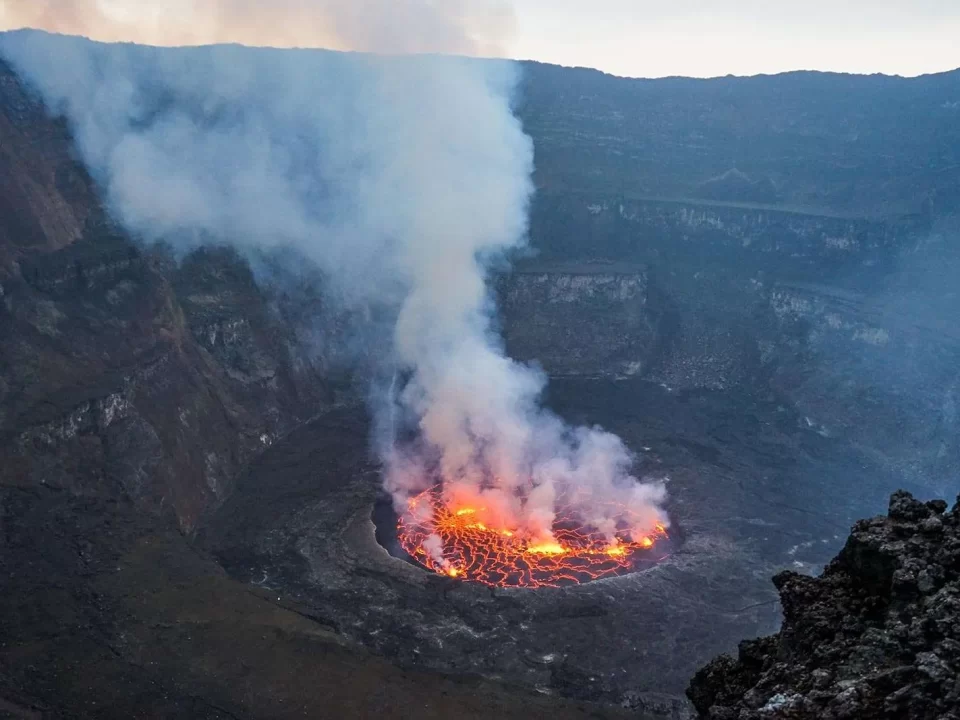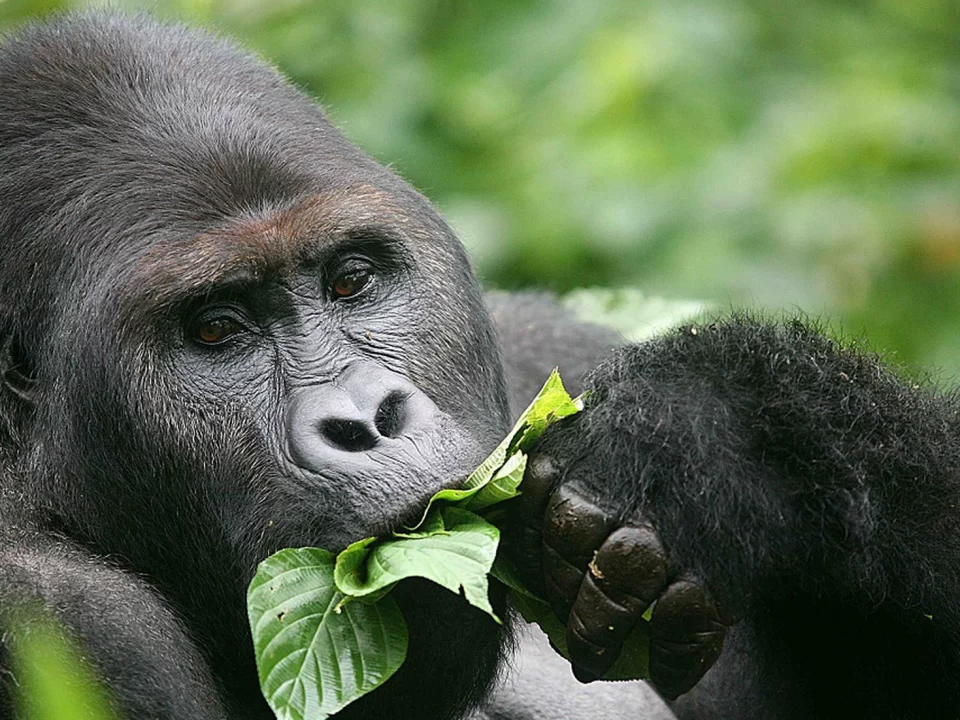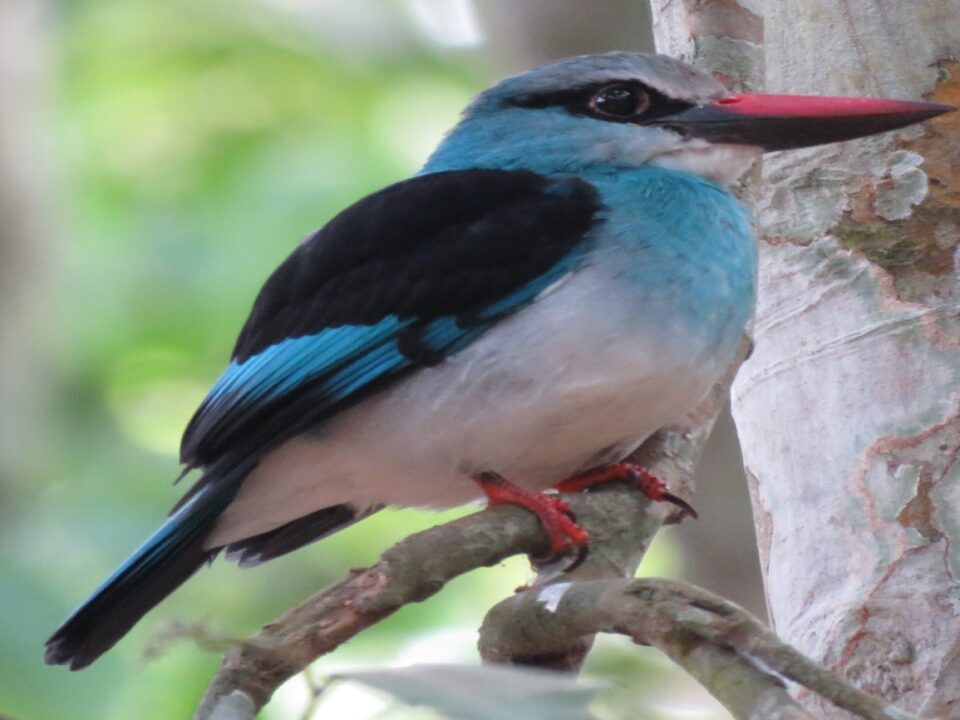Mount Longonot National Park in Kenya

Rwanda Camping and Gorilla Safaris
November 20, 2023
Mount Kenya National Park & Reserve
November 20, 2023Discover the Wonders of Mount Longonot National Park in Kenya: A Haven for Wildlife and Hiking Enthusiasts
Embark on an extraordinary journey to Mount Longonot National Park, a geological marvel and wildlife sanctuary nestled in the heart of Magical Kenya. Rising majestically from the floor of the Great Rift Valley, Mount Longonot is an extinct volcano that stands as a testament to the awe-inspiring forces of nature. This unique destination promises both sheer adventure and breathtaking scenic beauty.
A Geological Marvel: Exploring Mount Longonot
Mount Longonot, often described as a monolith, boasts a distinctive feature—an expansive forest within its crater. This extinct volcano is a true spectacle, with a crater rim that offers panoramic views stretching across the picturesque Rift Valley to the serene Lake Naivasha. The park’s diverse ecosystem is home to a rich array of wildlife, including buffaloes, elands, lions, leopards, bushbucks, common zebras, giraffes, and Grant’s gazelles.
General National Park Information: An Overview
Situated southeast of Lake Naivasha in the Great Rift Valley of Kenya, Mount Longonot National Park covers approximately 52 km². Just 90 km from Nairobi, the capital city of Kenya, this national park is easily accessible. The mountain, erupting in the 1860s, features a massive 8x12km caldera formed by extensive eruptions of trachytic lava. Named after the Masai word “Oloonong’ot,” meaning “mountains of many spurs” or “steep ridges,” Mount Longonot is a small but captivating national park protected by the Kenya Wildlife Service.
Ecosystem and Trails: A Hiking Paradise
The ecosystem of Mount Longonot National Park is defined by the mountain’s rise to 2,776 meters above sea level. V-shaped valleys and ridges with sparse vegetation adorn the mountain’s sides. A 3.1 km trail leads from the park entrance to the crater rim, extending into a 7.2 km loop encircling the crater. The most captivating feature is the thick forest nestled within the mountain crater, adding a unique dimension to the hiking experience. Beyond the crater, the rim provides captivating scenic views, stretching to Lake Naivasha.
Rich Avian Diversity: Birds of Mount Longonot
Mount Longonot is a haven for bird enthusiasts. Abbott’s Starling, Lesser Kestrel, Jackson’s widowbird, Lammergeier, African Crowned Eagle, and Scarlet-tufted Sunbird are among the fascinating species that grace the skies over this natural wonder. The park hosts an array of birdlife, with Kenrick’s Starling, a species confined to this region in Kenya, adding a special charm.
Wildlife Encounters: A Sanctuary for Diverse Fauna
The park is not only a geological wonder but also a habitat for diverse wildlife. In addition to buffaloes, elands, lions, bushbucks, zebras, giraffes, and Grant’s gazelles, Mount Longonot National Park is a potential sighting ground for leopards, although spotting them may prove challenging.
Guidance for Visitors: How to Reach Mount Longonot and Where to Stay
For those seeking the adventure of Mount Longonot, the park is accessible via a tarmac road through Kamandura-Mai Mahiu-Narok, covering a distance of 90 km and taking approximately 3-4 hours by road from Nairobi. Accommodations such as Firebird Inn, Amicus Choice Hotel, Eldama Lodge, Esidai Hotel, Sapphire Resort, and Escarpment Motel provide comfortable options for visitors.
Best Time to Visit Mount Longonot National Park
The best times to visit Mount Longonot are generally January to March and July to October when the weather is favorable. During these periods, the mountain reveals its breathtaking vistas, offering enchanting views of Lake Naivasha, the Mau Escarpment, the Aberdares, and the Rift Valley itself.
Embark on an unforgettable journey to Mount Longonot National Park—a realm where wildlife thrives, and the allure of nature’s grandeur unfolds at every turn. Whether you seek thrilling hikes, wildlife encounters, or simply the serenity of Kenya’s captivating landscapes, Mount Longonot invites you to experience the magic of nature in its purest form.




